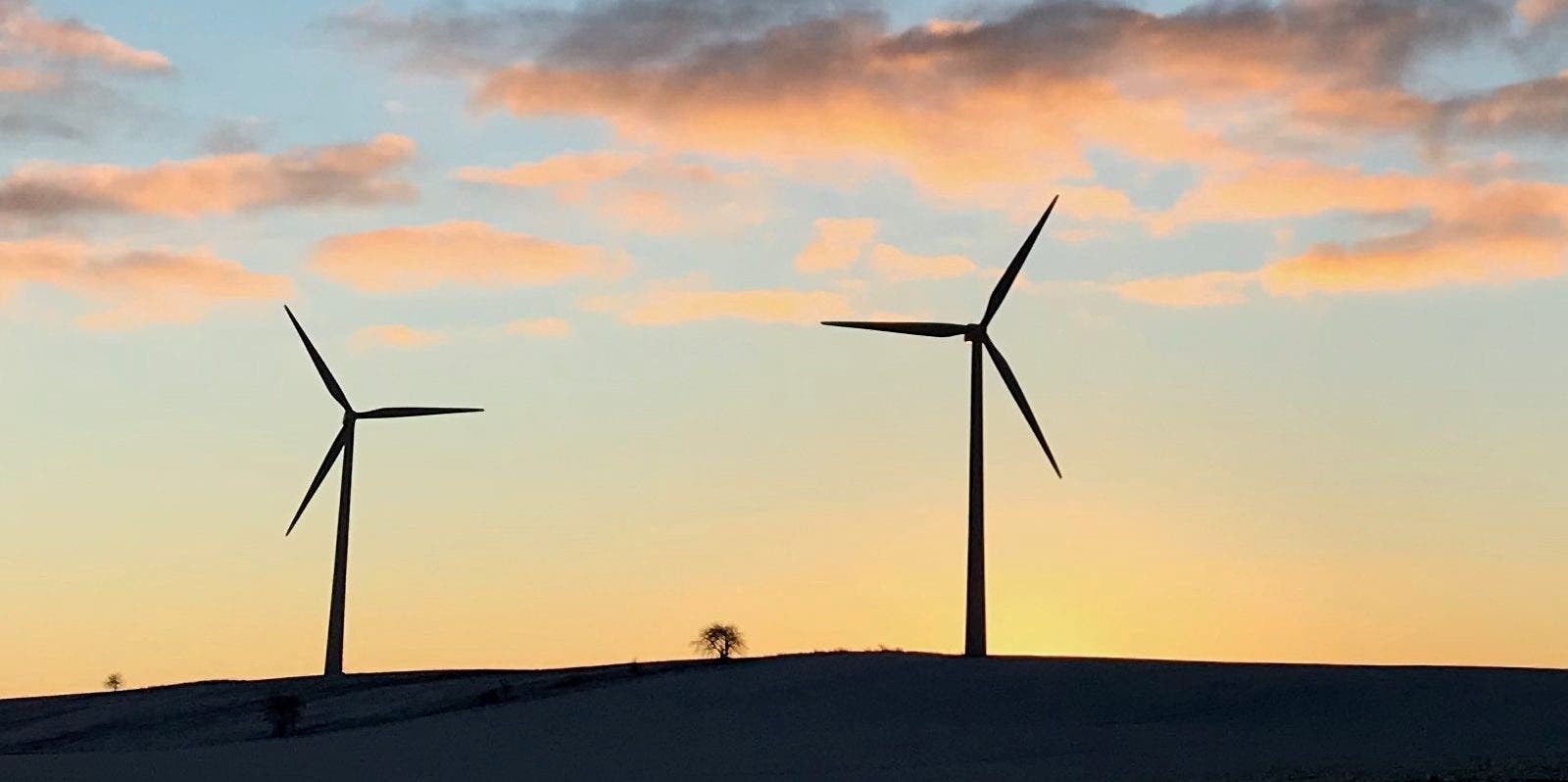Another Year, Another Record In Denmark’s Renewable Energy Progress
Sign up for daily news updates from CleanTechnica on email. Or follow us on Google News!
Over the past 40 years, Denmark has integrated 7 GW of wind and PV solar capacity into the electric grid. The fresh numbers from 2022 show that the country’s electricity needs are now covered by 60% renewables. In just 8 years from now, that figure will quadruple. That is a huge task that puts pressure on the whole system.

According to Energinet, an independent public enterprise owned by the Danish Ministry of Climate and Energy which operates and develops the transmission systems for electricity and natural gas in Denmark, the task ahead requires a strong focus on 4 primary dilemmas:
- The power grid must be completely transformed. The green power will be produced at sea or in parts of the country where electricity consumption is small and cannot absorb the production. Here, the electricity grid was originally built to supply a few citizens and not transport large amounts of electricity.
- It often takes longer to make new high-voltage connections that can transport electricity around the country than it takes to set up, for example, a solar PV farm that can produce the same as large power plants.
- In a few years, the vast majority of Denmark’s electricity will come from wind and solar, and there will be a large spread between production and consumption — both over geography and time. Electricity consumption must become more flexible — it must be possible to constantly turn it up and down so that the balance in the electricity system can be maintained.
- Security of supply must be ensured in completely new ways. Wind turbines and solar cells are built in completely different ways than traditional power plants. They do not have the same stabilizing effect against e.g. short circuits and faults. Completely new thinking is needed so that small mistakes do not turn into major power cuts.
The Danish Parliament has accelerated the development of green energy in order to get more climate-friendly electricity, gas and heat, and to ensure independence of energy from Russia.
So, how are we doing? The last numbers from 2022 has just been validated, and Denmark has now reached 60% of electricity coming from renewable sources. By no means a world record, just look at Kenya (89%) and Iceland (100%), but in the coastal context of this small country ideal for wind energy and with high-power connections to its neighboring countries, this is an important milestone.
Here is the data is numbers:

Quadrupling you ask? 240%? As Tony Seba would put it: Superabundance.
Chip in a few dollars a month to help support independent cleantech coverage that helps to accelerate the cleantech revolution!
Have a tip for CleanTechnica? Want to advertise? Want to suggest a guest for our CleanTech Talk podcast? Contact us here.
Sign up for our daily newsletter for 15 new cleantech stories a day. Or sign up for our weekly one if daily is too frequent.
CleanTechnica uses affiliate links. See our policy here.
CleanTechnica's Comment Policy

